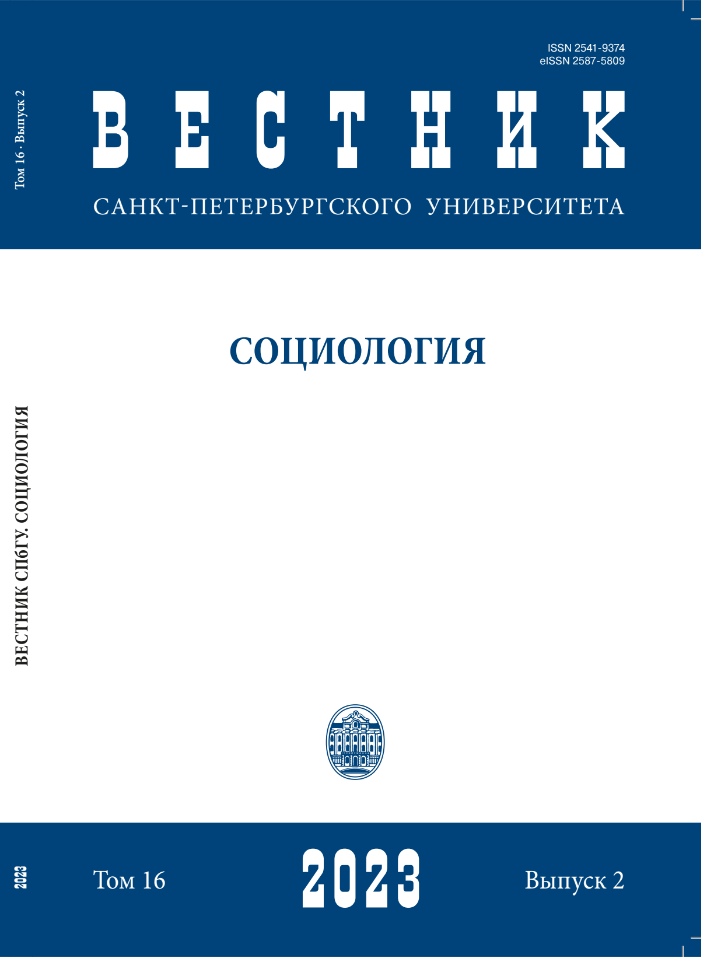City and its residents: Мoving towards
DOI:
https://doi.org/10.21638/spbu12.2023.207Abstract
This article is devoted to the analysis of attitude to the migration among residents of a large city with a population of more than 1 million people. There is also assessment of the impact from various factors of the urban environment both on the overall satisfaction with life in the city and on the desire to change the place of residence. The survey of Samara residents was conducted online with the help of a questionnaire created in a Google Docs and posted on the city administration website. 1,500 respondents were interviewed in according to the quota sample (quota characteristics are gender and age). The sampling error was 3%. It was revealed that a significant contribution to the overall satisfaction with life in the city is made by the following urban environment parameters: safety, landscaping, the work of cultural and leisure institutions, the quality and quantity of goods in the stores. The strongest correlations with the desire to leave Samara or stay in it were found in the variables “schools quality of work”, “city safety”, “institutions of additional education quality of work”, “quality and quantity of goods”, and “garbage disposal”. Speaking of the socio-demographic groups with the greatest desire to leave the city were revealed young people (49.6%), as well as the highest-income group of respondents, due to their desire to improve the quality of life along with the lowest-income group, striving to change their place in order to solve their economic problems. If we take social status into account, the largest share of those wishing to leave the city was revealed among entrepreneurs, self-employed and heads of organizations. It is concluded that for potential Samara migrants it is important notto get rid of existing problems, but rather to expand their opportunities to improve the quality of life.
Keywords:
city, migration, satisfaction with life in the city, residents’ satisfaction with various aspects of the urban environment
Downloads
References
* Признан на территории Российской Федерации иностранным агентом
* Is recognized as a foreign agent in Russian Federation.
Downloads
Published
How to Cite
Issue
Section
License
Articles of "Vestnik of Saint Petersburg University. Sociology" are open access distributed under the terms of the License Agreement with Saint Petersburg State University, which permits to the authors unrestricted distribution and self-archiving free of charge.




